Fukushima
After a large earthquake followed by a tsunami caused serious damage of the nuclear power plant Fukushima Daiichi in Japan. As a result radioactive substances were released.
Here you can find information about the sequence of the accident as well as the taken and planned countermeasures.
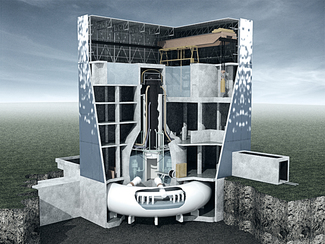
After a large earthquake followed by a tsunami caused serious damage of the nuclear power plant Fukushima Daiichi in Japan. As a result radioactive substances were released.
Here you can find information about the sequence of the accident as well as the taken and planned countermeasures.
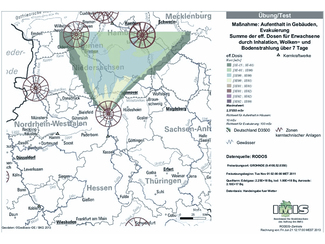
Shortly after the accident of Fukushima the Federal Office for Radiation Protection (BfS) calculated the consequences in Germany after an accident like Fukushima in a German Nuclear Power Plant. The results were given in a BfS-Report. Furthermore, BfS calculated more than 5000 case-studies between autumn 2012 and end of 2013. The detailed report was published end of February 2015.
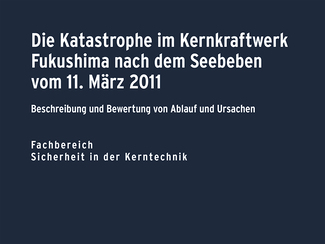
One year after the nuclear disaster at Fukushima, the Federal Office for Radiation Protection (BfS) published a report on the development of the accident and its causes. The basic details of the accident and how it progressed are well known. In terms of what happened within the reactors themselves, however, at the time of reporting the experts were dependent on observations which can be made from outside, the knowledge that comes from experience, and reconstruction models using data acquired by other means.
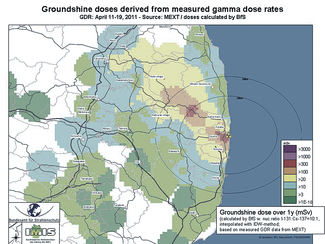
The radioactive material released into the atmosphere as a result of the reactor accident in Fukushima was distributed locally, regionally and globally. The article gives a survey of the radiological situation in Japan. It characterizes the affected areas, assesses the radiation exposure to the people in Japan and gives an overview of the efforts for decontamination of the environment.
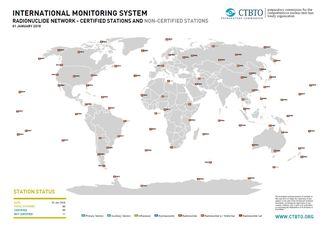 Source: CTBTO (www.ctbto.org/maps/)
Source: CTBTO (www.ctbto.org/maps/)
The CTBTO has a worldwide network. Once fully completed it consists of 80 radionuclide measurement stations for detection of radionuclides bound to airborne dust. In addition 40 of these stations are equipped with systems for the measurement of radioactive xenon (xenon-133). One of these radionuclide measurement stations is operated by the Federal Office for Radiation Protection (BfS) on Mt Schauinsland near Freiburg im Breisgau. After the accident at the nuclear power plant in Fukushima, Japan, in 2011, the station was able to detect the slightest traces of radioactivity from Fukushima.
The nuclear accident in Japanese Fukushima was not comparable with the disaster of Chernobyl, taking into account all available knowledge. This was emphasised by Wolfram König, president of the Federal Office for Radiation Protection (BfS) from 1999 to 2017, in an interview with the German Press Agency (dpa) in March 2011. König explained what radiation protection measures are being taken in Germany.







